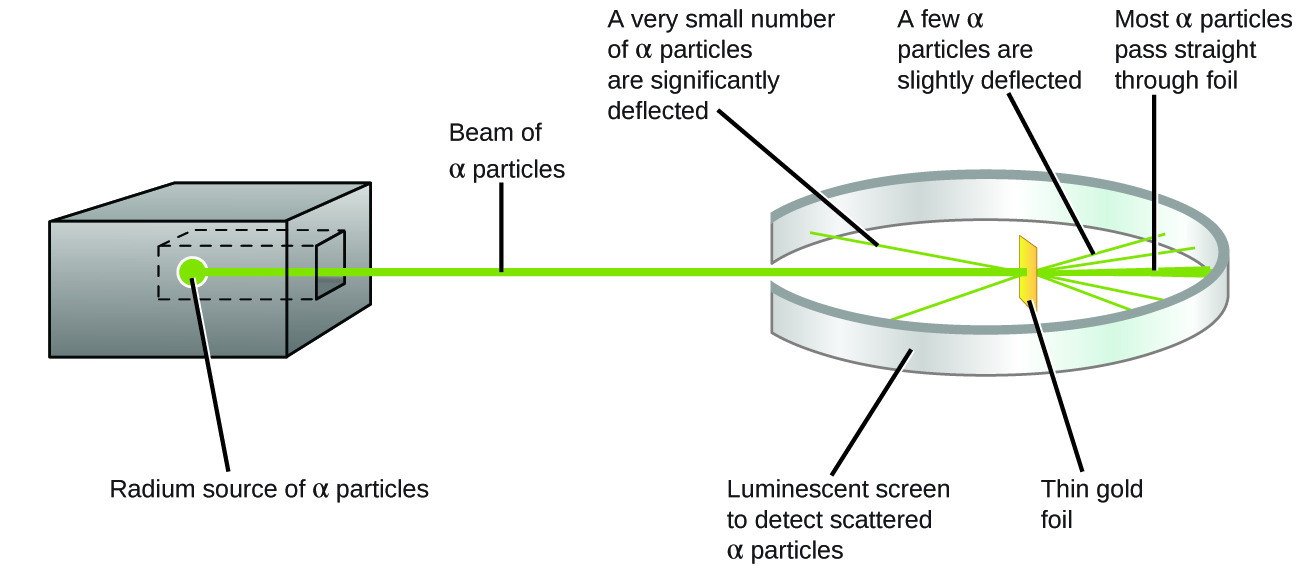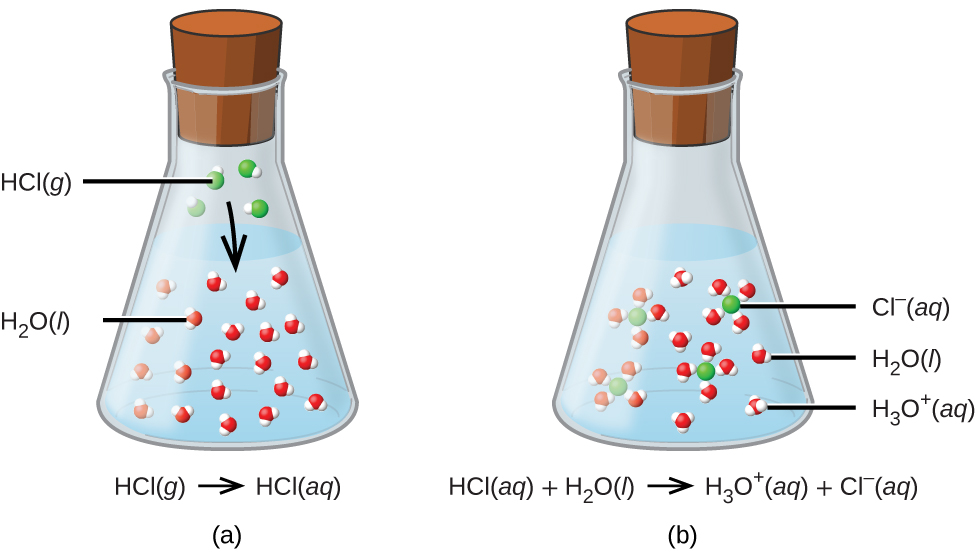Preface
About Chem 1114 – Introduction to Chemistry
Coverage and Scope
Our CHEM 1114 – Introduction to Chemistry textbook adheres to the scope and sequence of most introductory chemistry courses nationwide. We strive to make chemistry, as a discipline, interesting and accessible to students. With this objective in mind, the content of this textbook has been developed and arranged to provide a logical progression of the fundamental concepts of chemical science. Topics are introduced within the context of familiar experiences whenever possible, treated with an appropriate rigor to satisfy the intellect of the learner, and reinforced in subsequent discussions of related content. The organization and pedagogical features were developed and vetted with feedback from chemistry educators dedicated to the project.
- Chapter 1: Chemistry: An Experimental Science
- Chapter 2: Making Measurements
- Chapter 3: Atoms, Molecules, and Ions
- Chapter 4: Chemical Nomenclature
- Chapter 5: Chemical Composition
- Chapter 6: Chemical Reactions and Equations
- Chapter 7: Stoichiometry of Chemical Reactions
- Chapter 8: Electronic Structure of Atoms
- Chapter 9: Chemical Bonding and Lewis Structures
- Chapter 10: Organic Chemistry
Pedagogical Foundation
Throughout CHEM 1114 – Introduction to Chemistry, you will find features that draw the students into scientific inquiry by taking selected topics a step further. Students and educators alike will appreciate discussions in these feature boxes.
- Chemistry in Everyday Life ties chemistry concepts to everyday issues and real-world applications of science that students encounter in their lives. Topics include cell phones, solar thermal energy power plants, plastics recycling, and measuring blood pressure.
- How Sciences Interconnect feature boxes discuss chemistry in context of its interconnectedness with other scientific disciplines. Topics include neurotransmitters, greenhouse gases and climate change, and proteins and enzymes.
- Portrait of a Chemist features present a short bio and an introduction to the work of prominent figures from history and present day so that students can see the “face” of contributors in this field as well as science in action.
Comprehensive Art Program
Our art program is designed to enhance students’ understanding of concepts through clear, effective illustrations, diagrams, and photographs.




Interactives That Engage
CHEM 1114 – Introduction to Chemistry incorporates links to relevant interactive exercises and animations that help bring topics to life through our Link to Learning feature.
Assessments That Reinforce Key Concepts
In-chapter Examples walk students through problems by posing a question, stepping out a solution, and then asking students to practice the skill with a “Test Yourself” component. The book also includes assessments at the end of each chapter so students can apply what they’ve learned through practice problems and easily verify their solutions since all answers have been included.
Curation
To broaden access and encourage community curation, CHEM 1114 – Introduction to Chemistry is “open source” licensed under a Creative Commons Attribution Non-Commercial Share Alike (CC-BYNCSA) license. The academic science community is invited to submit examples, emerging research, and other feedback to enhance and strengthen the material and keep it current and relevant for today’s students.

